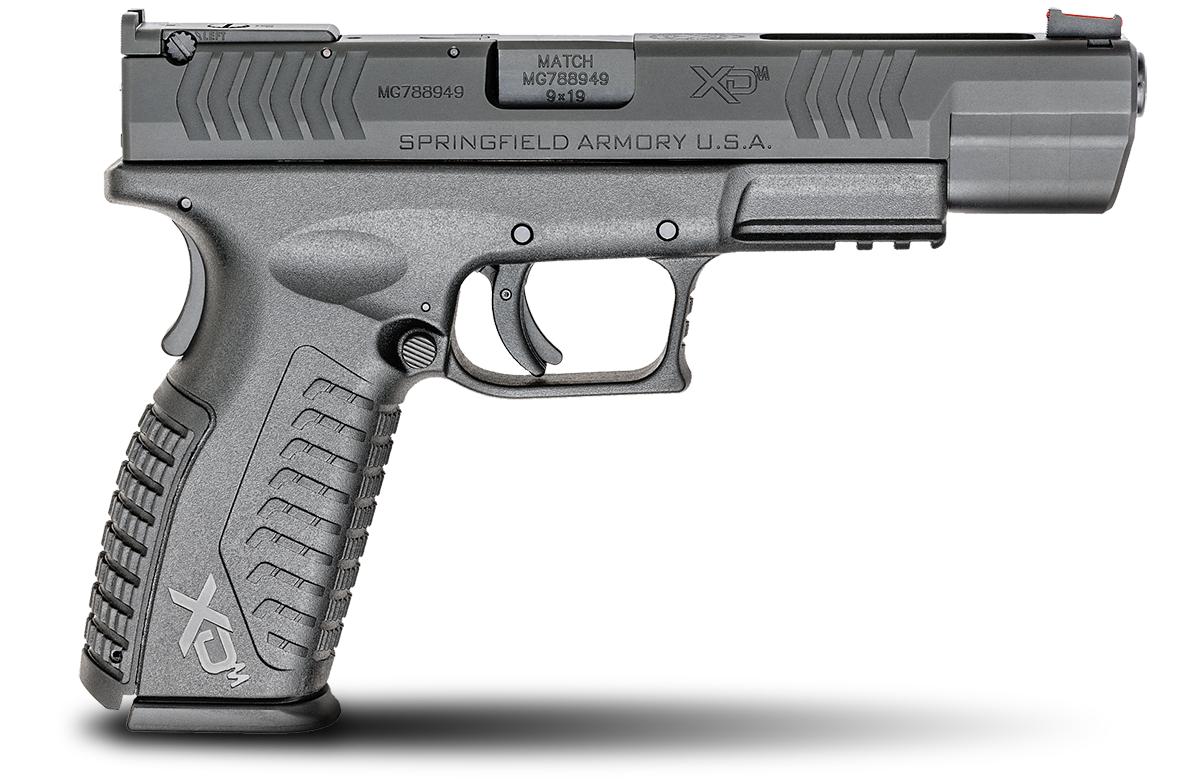Does Ayoob Hate the XD?
January 3rd, 2020
7 minute read
A few years ago, I found myself competing in the National Championships of IDPA, the International Defensive Pistol Association, in Tulsa, Oklahoma. During a break, a frowning fellow shooter approached me and said, “I hear you don’t like Springfield XD pistols. Is that true?”
I pulled back my Armadillo vest and said, “Does this answer your question?” His eyes settled on the XD-M 5.25 9mm in my Comp-Tac holster, and we got along just fine after that.
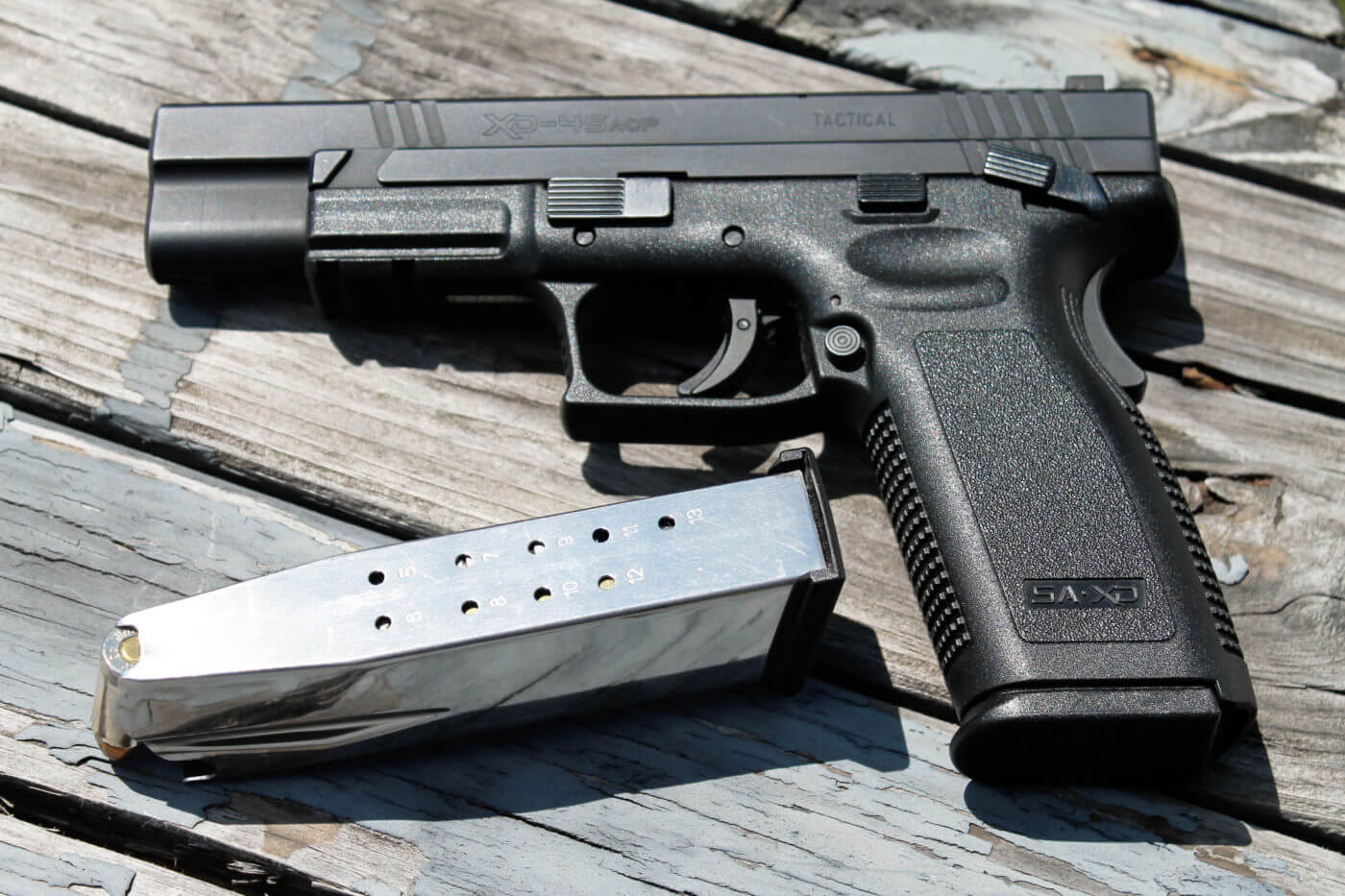
My new friend, the Springfield Armory XD fan, was ticked off because he had read people trashing his favorite pistol on some gun forums and heard I didn’t like them. I’m not sure where that comes from, but it damn sure doesn’t come from me. I’ve voted with my wallet and bought several XD pistols over the years. Here’s why.
Reliability
I’ve had Springfield Armory XD pistols coming through my classes since they were introduced in the early 21st century: they’re probably in the top five of “most popular” guns there. It isn’t just because they’re economically priced; classes like mine aren’t cheap, and students simply don’t show up there with junk guns. I’ve had a couple of classes where XD, XD-M, and XD-S pistols outnumbered Glocks.
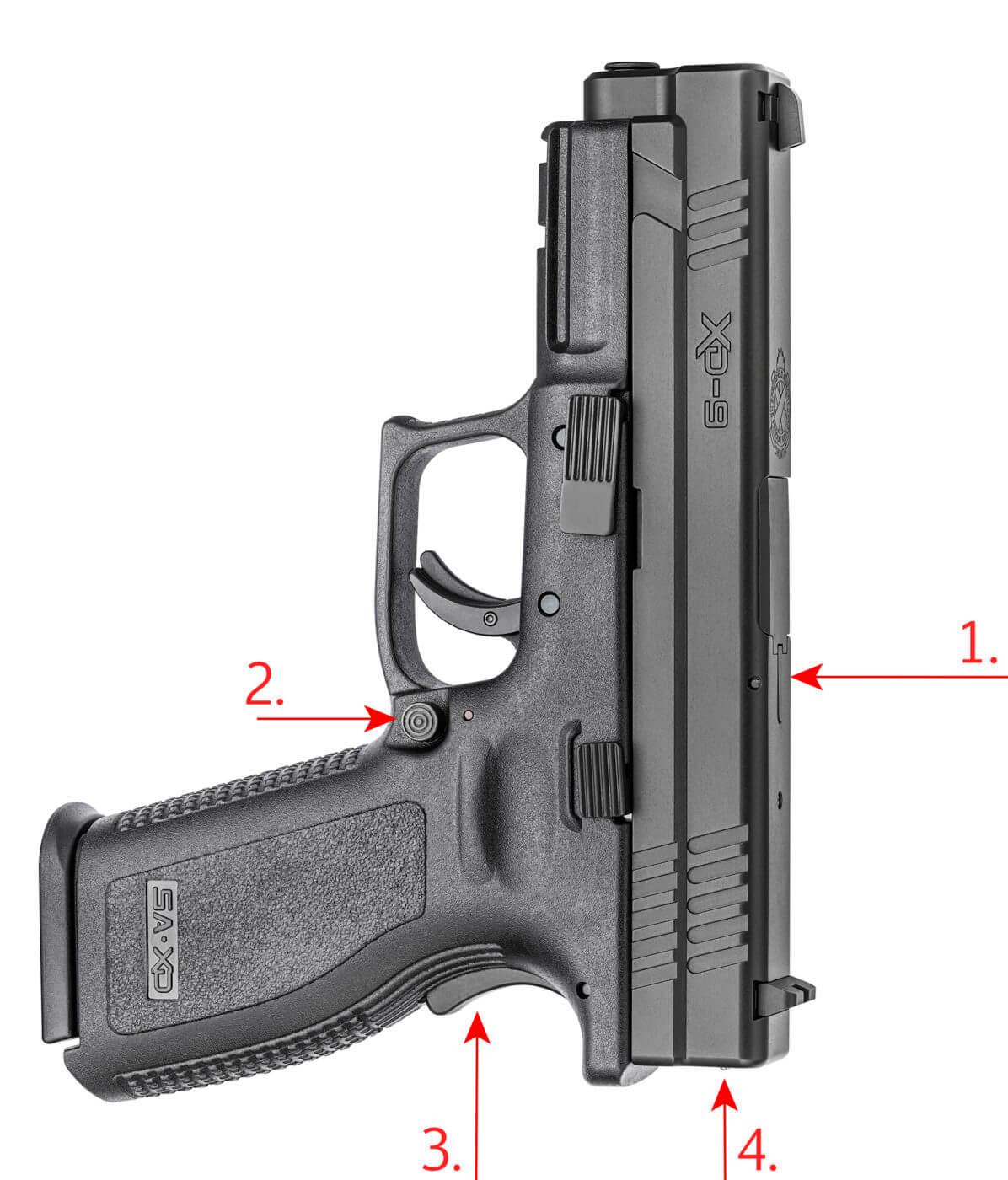
The XDs just run fine, right along with the Glocks and the S&W M&Ps; the students show up, shoot their several hundred designated rounds, and leave without the drama of malfunctions or breakage. I visit gun shops with rental ranges often, partly because for several years I’ve been a columnist for the professional journal Shooting Industry, and always make a point of asking how the different brands and models are holding up to constant shooting. Their consensus confirms my own observations: for reliability and durability, the XD pistols are right up there with the other top name brand striker-fired pistols.
The late Todd Louis Green popularized a protocol of 2,000 rounds without cleaning or lubrication to test a handgun’s reliability. In 2016, I went to the Advanced course at Bill Rogers Shooting School, in which one fires some 2,500 rounds. My XD-M 5.25 was already dirty when I brought it, and I never did clean it there, but I completed the 2,500-round course and passed the Advanced test with it without a single malfunction, and that was using ammo with lead-free primers that can be tough to ignite.
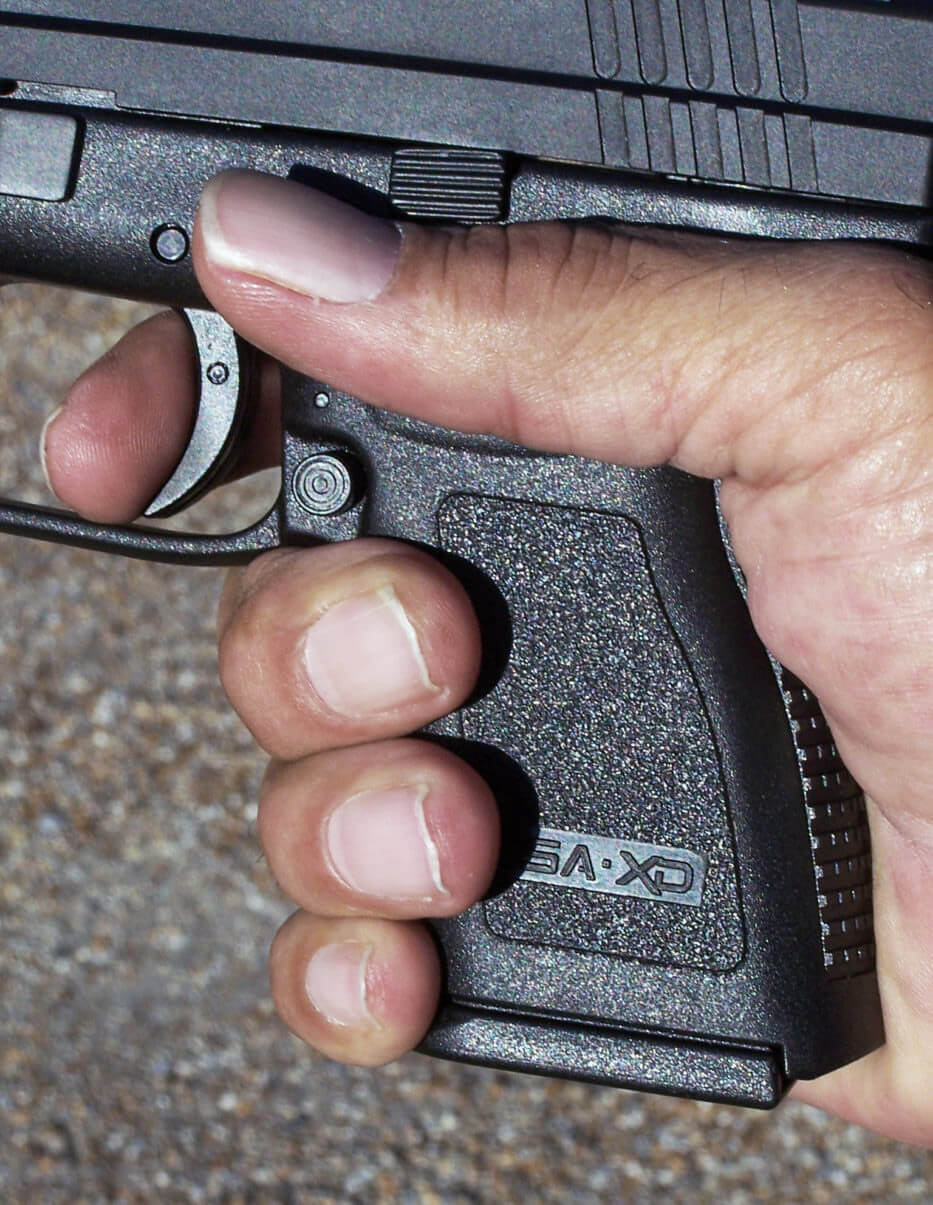
Shortly after getting home, I shot a many-stage USPSA (United States Practical Shooting Association) match with it, and still didn’t clean it. By then, I wanted to see how long it would go uncleaned and unlubed before it malf’ed. In 2018, I took it to a high round count Gabe White class, and the only malfunction was shooter-induced when my thumb got in the way of the slide stop while attempting a grasp I don’t usually use.
Also in the mix for the gun was the 9mm event at my all-time favorite match, the Pin Shoot in Central Lake, Michigan in 2017, 2018, and 2019. No malf’s there, either. It was way past 3,000 rounds with no mechanical malfunctions by the time I finally cleaned it in the summer of 2019. For the three years or so in between, its only cleaning had been wiping down the outside.
Shootability
Spell check doesn’t think “shootability” is a word. But shootability is certainly a thing. It encompasses bore axis, trigger reach, grip-to-bore angle, trigger pull characteristics, accessibility of operating levers and buttons to the shooter’s hand size and shape, and more.
The higher bore axis in theory will result in more muzzle jump with the same loads, but in practice grasp seems to be a lot more important. If the XD-M was slowing me down in split times between shots, I would have stopped shooting it a long time ago. And really, it’s not that high on an XD, anyway.
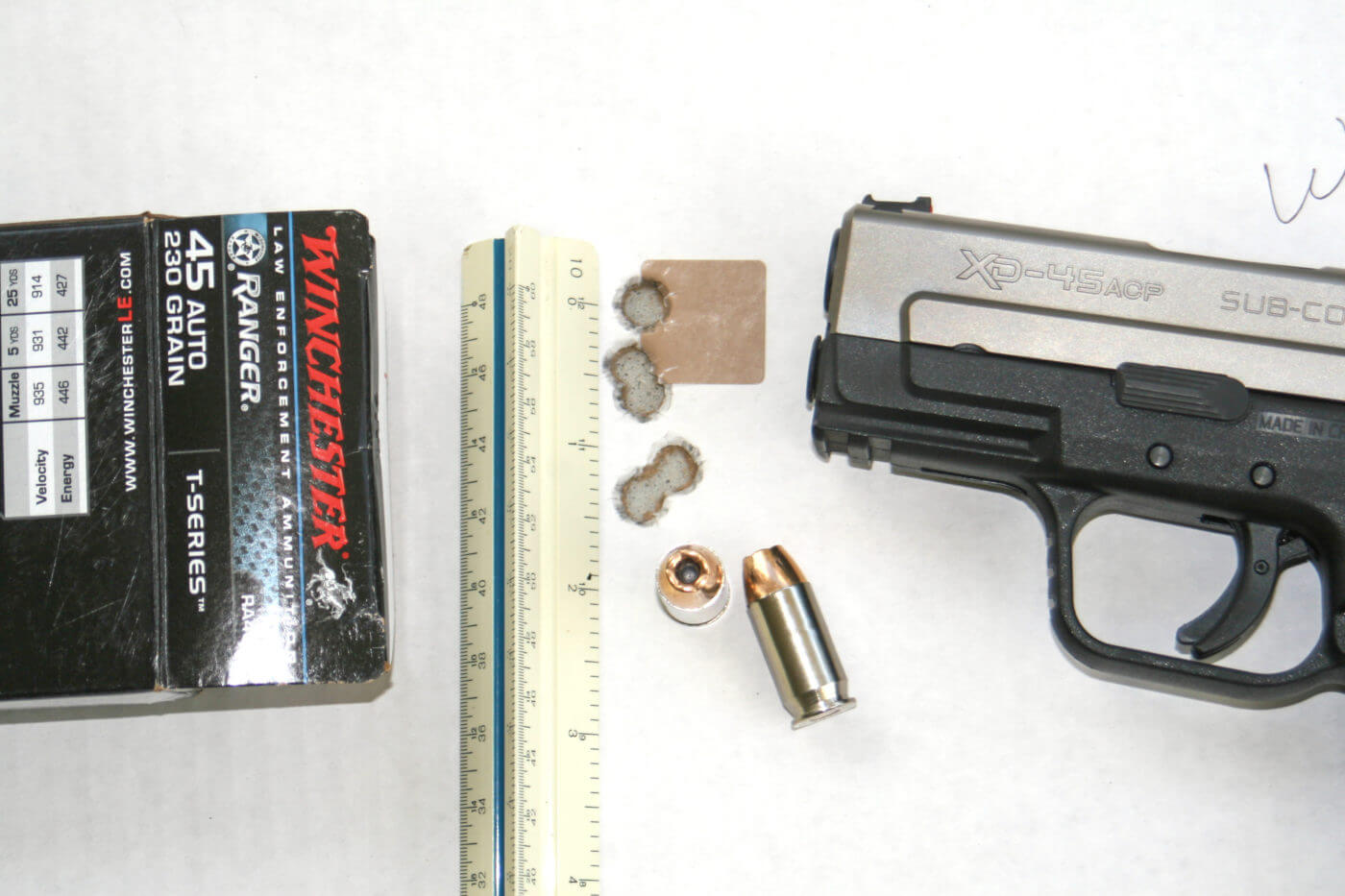
By lengthening the grip-frame, the XD achieves relatively high capacity (15+1 in the 10mm XD-M for example, 13+1 in the XD .45 ACP, and 19+1 in the standard size XD-M 9mm) with a relatively thin grip, and that gives a shorter trigger reach. This means that a short finger can get on the trigger better, and a medium-to-long finger can get to the distal joint at the center of the trigger, affording more leverage and becoming the equivalent of a lighter trigger pull. To this writer’s way of thinking, that is a very good thing.
Grip to barrel angle? It’s subjective, depending on the shooter. I found the XD .45 didn’t “point right” for me at first, but after a thousand or so .45 rounds that problem went away, and I won the first IDPA match I shot with one. My buddy John Strayer, one of the first IDPA Five-Gun Masters, has won so many matches with his XD and XD-M pistols that he’s lost count. One reason he likes those guns is that, for him, they point just like his other favorite match gun, the 1911. And we shouldn’t even need to mention many-time World Champion Rob Leatham, who has won Production Class at the prestigious Bianchi Cup with XD-series pistols.
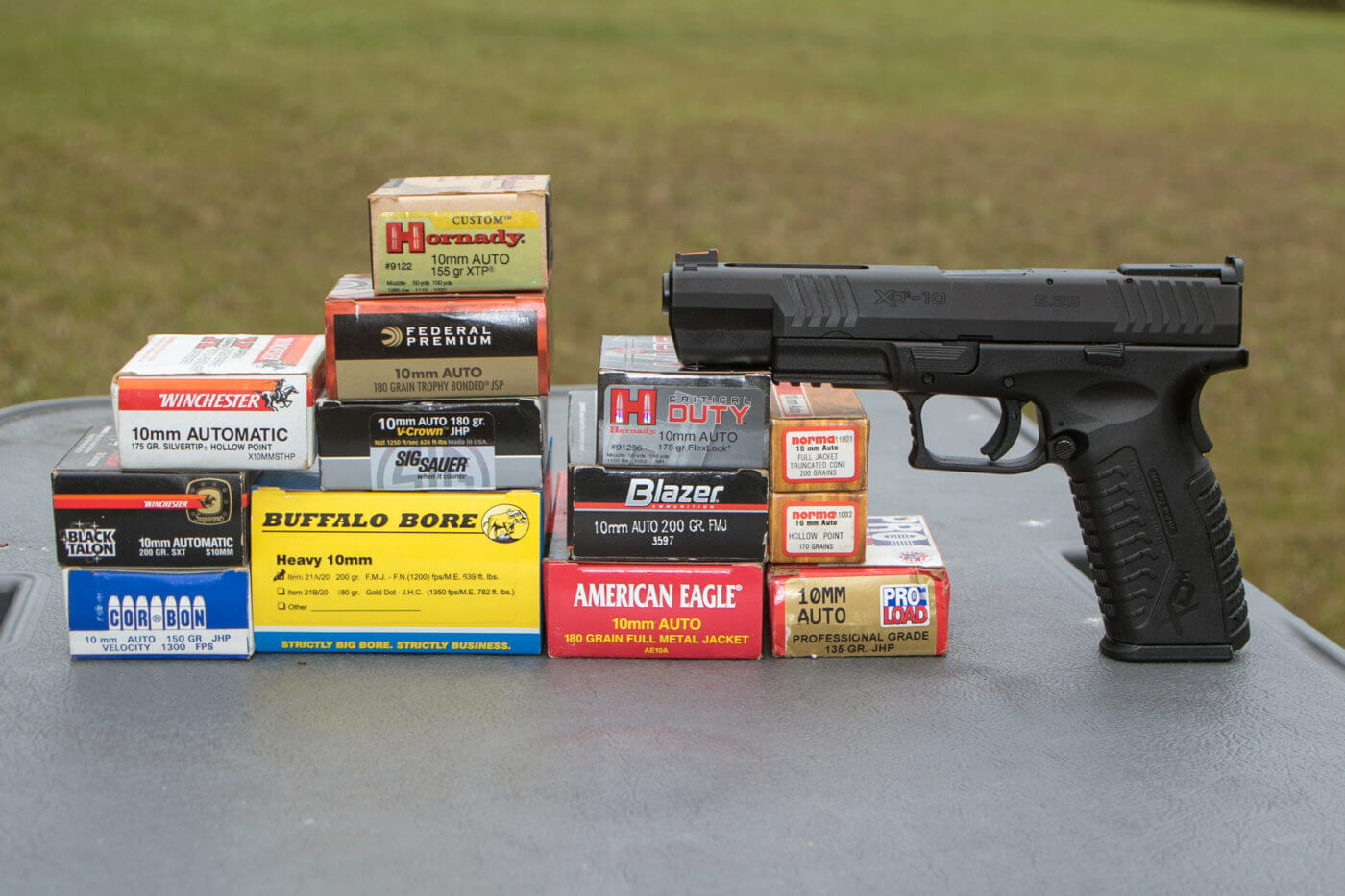
The XD series gets a big thumbs-up, no pun intended, because its ambidextrous magazine release buttons allow the shooter to dump an empty magazine with the trigger finger instead of having to shift his or her grip to hit the button with their right thumb. And for southpaws, of course, the ambi mag release button is gravy.
The big “human engineering” complaint I hear about the XD series is the grip safety. If you don’t like that feature you need to (a) hold the gun harder or (b) bring your thumb down a bit lower to pull the web of your hand tighter into the grip safety. I’ve heard people say that the grip safety makes it hard for them to perform one-handed “wounded shooter” reloads, since on the XD series the grip safety has to be depressed to allow the slide to be racked. I can only humbly suggest, those folks are doing it wrong: a firm firing grip (with trigger finger clear) is what you want when you perform that desperate manipulation, and that will work the grip safety just fine. They don’t call it a grip safety for nothing.
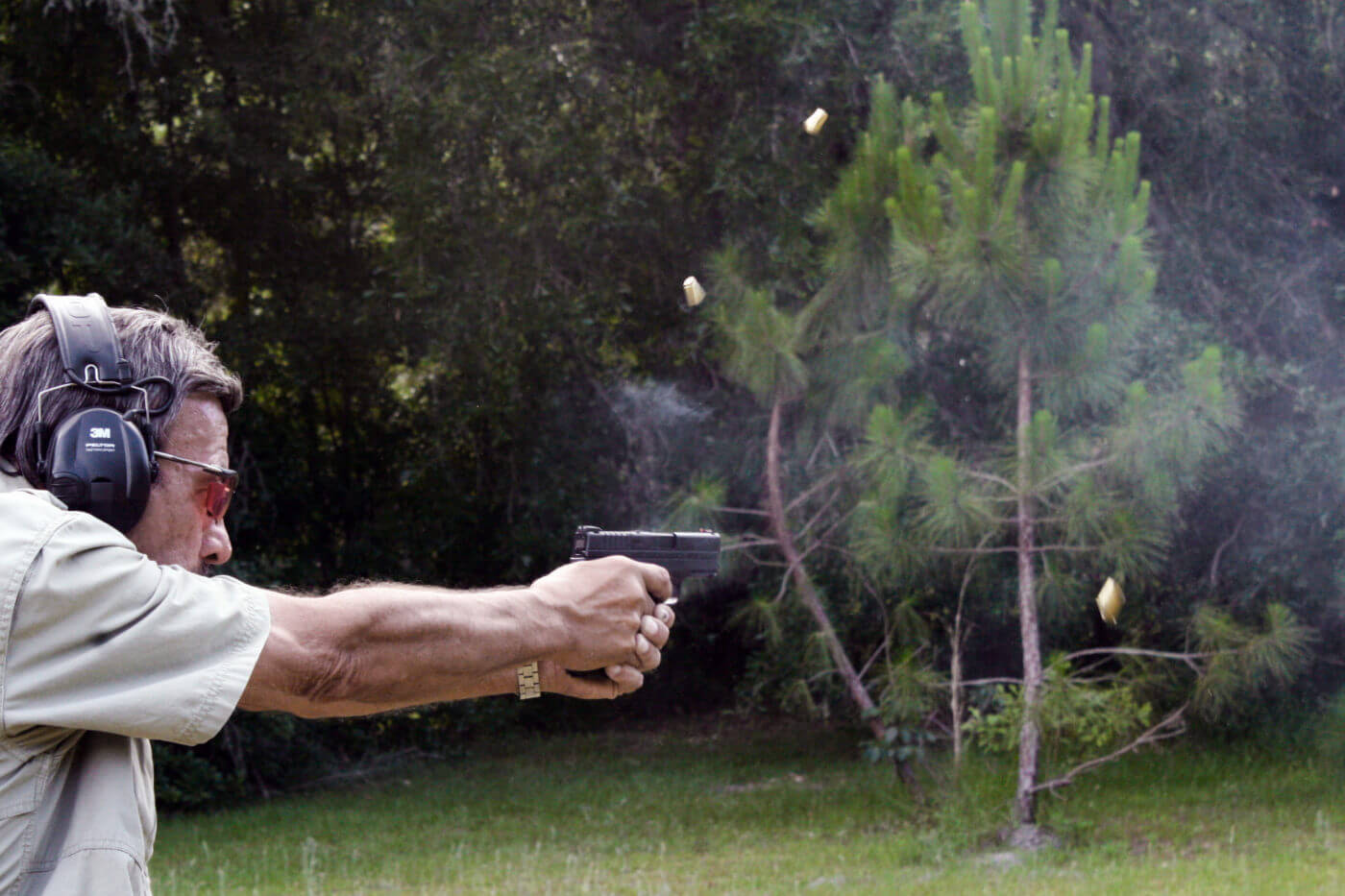
With the currently popular AIWB (appendix inside waistband) method of concealed carry, the loaded gun’s muzzle is pointed at genitalia and femoral arteries. With the thumb on the back of the slide the grip safety is “on safe,” preventing accidental discharge if anything from an errant finger to a hoodie’s adjustment cord gets into the trigger guard as the pistol goes into the holster. With an XD-series pistol, that thumb also feels the striker indicator subtly protruding, confirming that it’s “ready to go.” And by the way, the loaded chamber indicator that rises like a low-profile, snag-free shark’s fin, will also confirm to the support hand’s touch that you have a torpedo in the launch tube.
Trigger pull? I’ve left the triggers factory stock on all my “carry” XDs. There’s a light but still palpable-under-stress take-up for the first stage of the pull, followed by a short, smooth “roll” that helps the instant of the intended shot come by surprise. Pull weight is court-defensible since it is within “common custom and practice” for striker-fired duty weapons, and within “industry standard.” The XD-M pistols my wife and I often use in competition have the light, sweet, practically telekinetic trigger pulls afforded by the Springfield Armory Custom Shop. My personal rule has always been to “Render unto Caesar”: use street triggers on the street, and target triggers for target shooting…and know the difference.
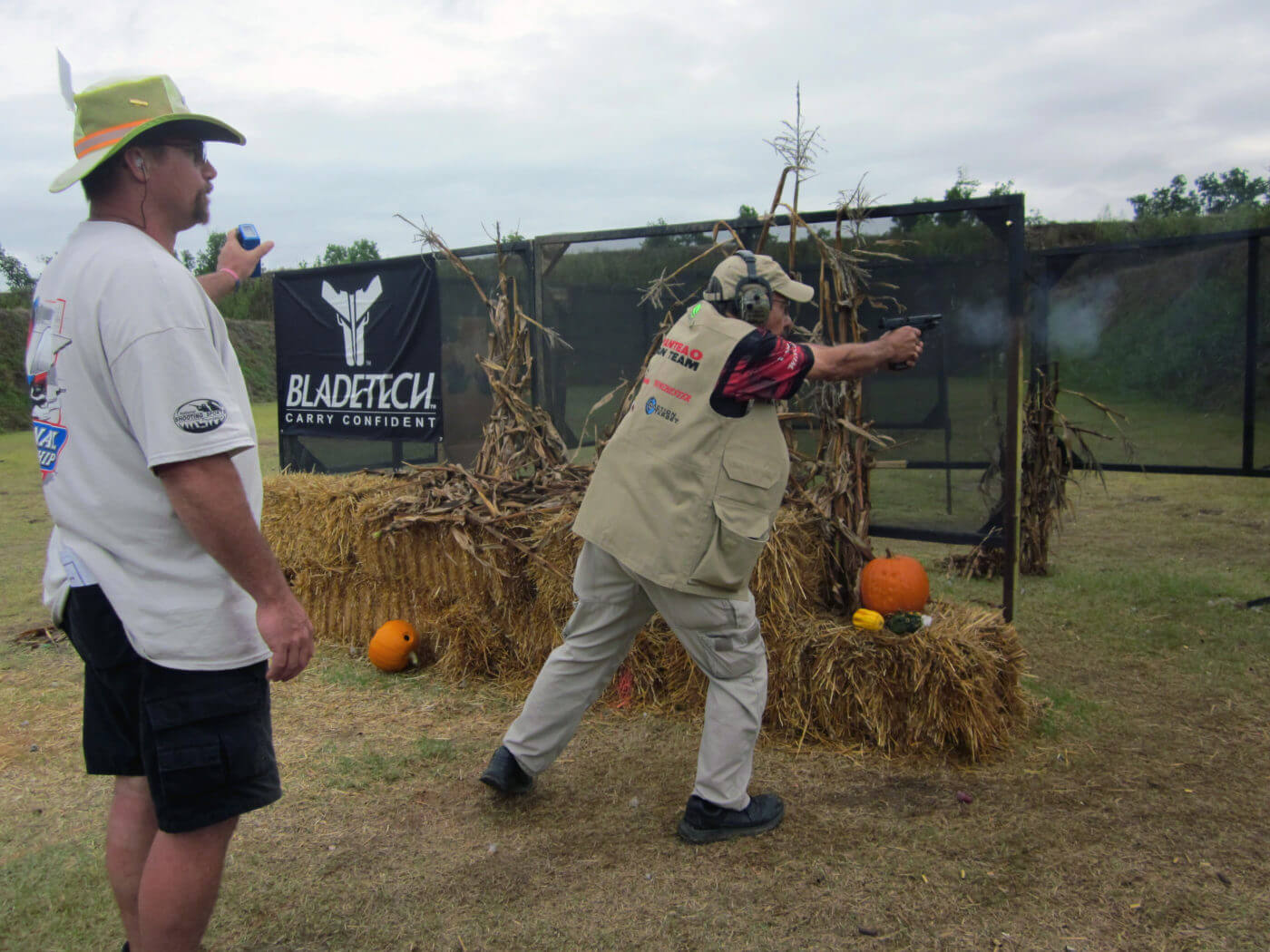
Who’s Using It?
Some ask, “If XD pistols are so good, why don’t police carry them?” Those folks missed the memo: police do carry them. XD pistols are approved by the nation’s second largest municipal police department, Chicago’s, and by Las Vegas Metro Police, and more. You don’t see them in many police holsters because Springfield Armory sells all they can make to the civilian sector.
Having a lot of experience with the XD pistols for concealed carry, for teaching guns, and for home defense and high-level competition, this writer has found them pretty damn good.
Editor’s Note: If you find yourself needing a carry rig — either for duty or concealed carry — check out our article “Top Springfield XD-M Holsters” for a list of some great options.
Join the Discussion
Featured in this article
Continue Reading
Did you enjoy this article?

 472
472




